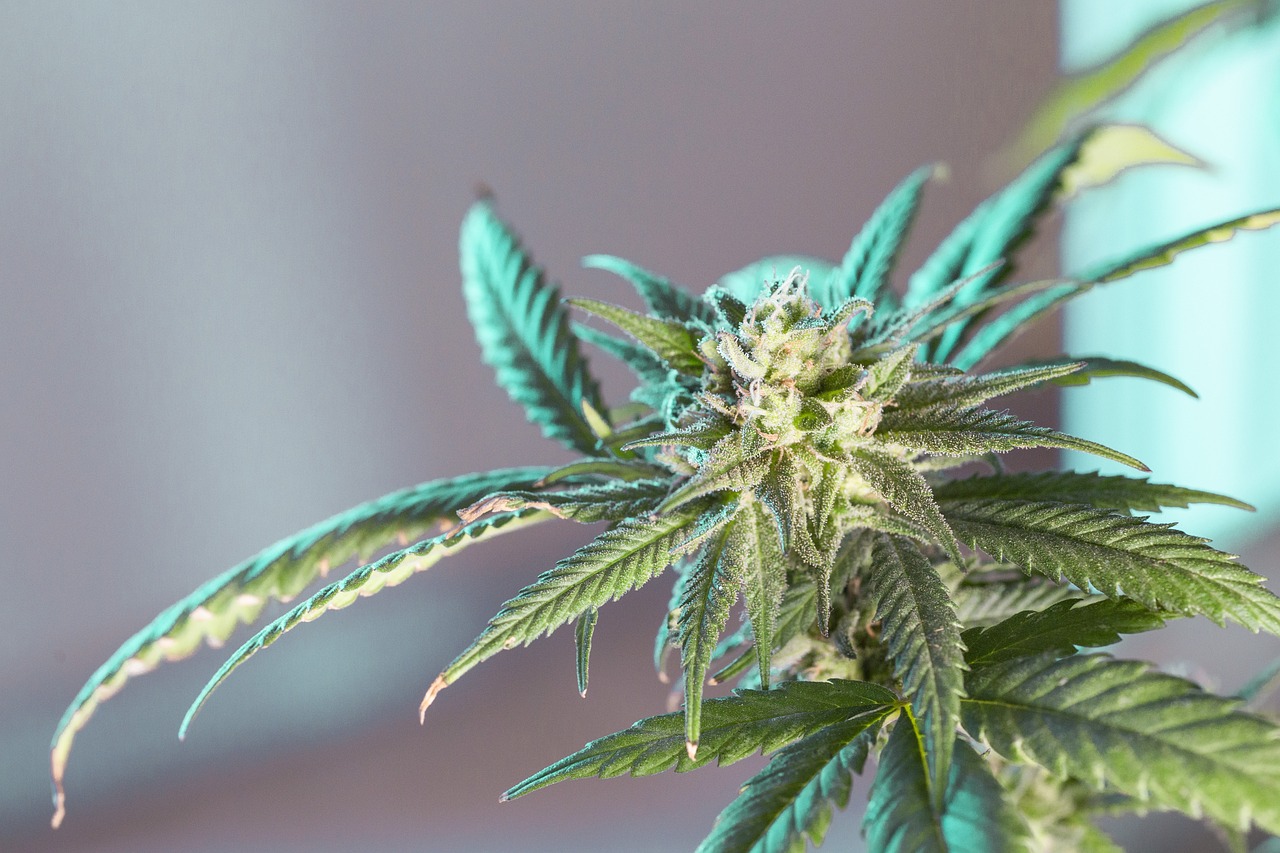The exploration of cannabis and its compounds has gained significant momentum in recent years. Among the many cannabinoids present in the cannabis plant, THCA (tetrahydrocannabinolic acid) has emerged as a compound of interest. Unlike THC, THCA is non-psychoactive, yet it holds potential therapeutic benefits. This article delves into the impact of Vanilla berry THCa benefits on the endocannabinoid system, providing insights into its mechanisms and potential applications.
Understanding the Endocannabinoid System
The endocannabinoid system (ECS) is a complex cell-signaling system that plays a role in regulating a range of functions and processes, including sleep, mood, appetite, and memory. It consists of three core components:
- Endocannabinoids: Naturally occurring compounds in the body that bind to cannabinoid receptors.
- Cannabinoid Receptors: Found throughout the body, these receptors interact with endocannabinoids and cannabinoids from external sources.
- Enzymes: Responsible for breaking down endocannabinoids once they have fulfilled their function.
The ECS is crucial for maintaining homeostasis, ensuring that internal conditions remain stable and balanced despite external changes.
THCA: A Non-Psychoactive Cannabinoid
THCA is the acidic precursor to THC, the compound responsible for the psychoactive effects of cannabis. THCA is found in raw and live cannabis plants. When exposed to heat through smoking, vaping, or cooking, THCA undergoes decarboxylation, converting into THC.
Despite its non-psychoactive nature, THCA has shown potential in various therapeutic areas. Research suggests that it may possess anti-inflammatory, neuroprotective, and anti-emetic properties, making it a subject of interest for medical applications.
Interaction of THCA with the Endocannabinoid System
THCA interacts with the ECS differently than THC. While THC binds directly to CB1 receptors in the brain, leading to psychoactive effects, THCA does not have a strong affinity for these receptors. Instead, it is believed to influence the ECS indirectly, possibly through the modulation of other receptors and enzymes.
Research indicates that THCA may inhibit the enzyme fatty acid amide hydrolase (FAAH), which breaks down anandamide, an endocannabinoid known for its role in mood regulation. By inhibiting FAAH, THCA could potentially increase anandamide levels, contributing to mood stabilization and other therapeutic effects.
Potential Therapeutic Benefits of THCA
While research is still in its early stages, preliminary studies and anecdotal evidence suggest several potential benefits of THCA:
- Anti-Inflammatory Effects: THCA may reduce inflammation, making it a candidate for conditions like arthritis and inflammatory bowel disease.
- Neuroprotective Properties: Some studies suggest that THCA could protect against neurodegenerative diseases by reducing oxidative stress and inflammation in the brain.
- Anti-Emetic Effects: THCA has shown promise in reducing nausea and vomiting, particularly in chemotherapy patients.
- Pain Relief: By interacting with the ECS, THCA may offer analgesic effects, providing relief for chronic pain sufferers.
Case Studies and Research Findings
Several studies have explored the effects of THCA on various health conditions. For instance, a study published in the British Journal of Pharmacology found that THCA exhibited anti-inflammatory properties in animal models. Another study highlighted its potential in reducing nausea and vomiting in rats, suggesting its application in treating chemotherapy-induced symptoms.
Anecdotal evidence from patients using THCA-rich cannabis products also supports its therapeutic potential. Many users report improvements in conditions such as arthritis, chronic pain, and anxiety, although more clinical trials are needed to substantiate these claims.
Challenges and Considerations
Despite its potential, several challenges exist in the study and application of THCA. The legal status of cannabis in many regions limits research opportunities and access to THCA-rich products. Additionally, the lack of standardized dosing and delivery methods poses challenges for both researchers and consumers.
Another consideration is the stability of THCA. As it is prone to decarboxylation, maintaining its non-psychoactive form requires careful handling and storage. This factor complicates its use in therapeutic settings, where precise dosing is essential.
Conclusion
THCA flower presents a promising avenue for therapeutic applications, interacting with the endocannabinoid system in unique ways. While research is still developing, the potential benefits of THCA in areas such as inflammation, neuroprotection, and nausea reduction are encouraging. As legal and research landscapes evolve, further studies will be crucial in unlocking the full potential of THCA and its role within the ECS.
